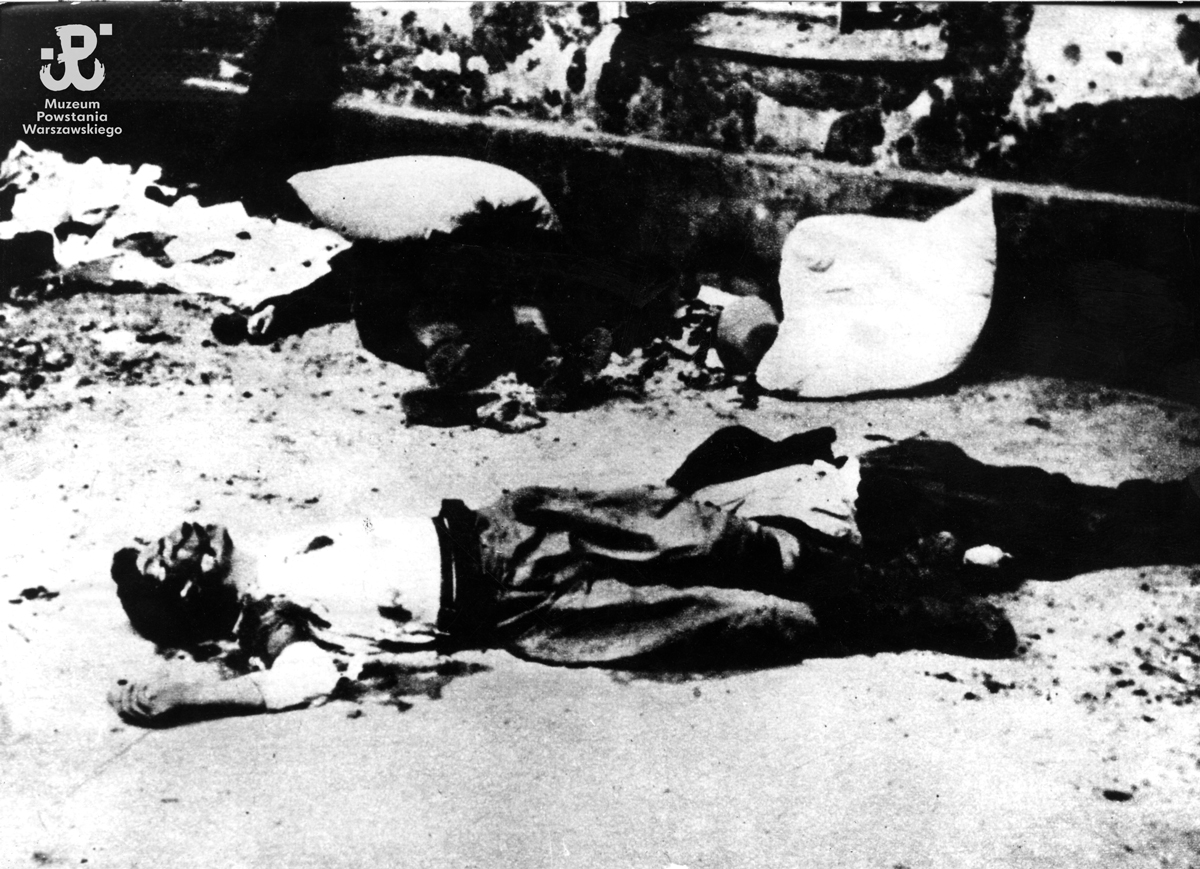one of the greatest crimes
against civilians during World War II
The Wola massacre

Information campaign
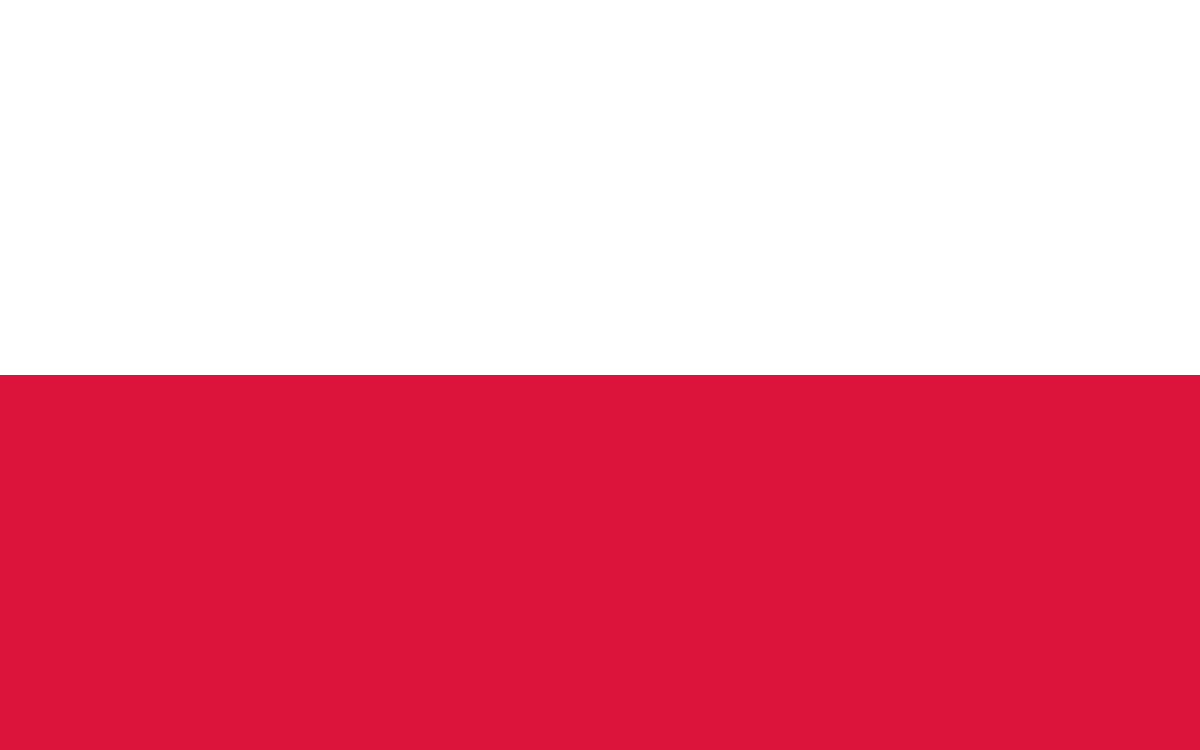
PL
august 1944
Genocide
CRIMINAL ORDERS
Wola massacre – extermination of civilian inhabitants of the Warsaw district of Wola by German SS and police units under the command of SS-Gruppenführer Heinz Reinefarth in early August 1944, during the first days of the Warsaw Uprising.
„My Führer, the time is not very auspicious for us. From a historical point of view it is [however] a blessing that the Poles are doing this. After five or six weeks we will get out of this. And after that Warsaw, the capital, the head, the intelligence of this former 16-17 million-strong nation of Poles will be destroyed, of the nation that has been blocking our [path to the] East for 700 years and has been lying in our way since the first battle of Tannenberg. And then, historically, the Polish problem will no longer be big for our children and for all those who come after us, indeed, even already for us.”
Heinrich Himmler on 21 September 1944
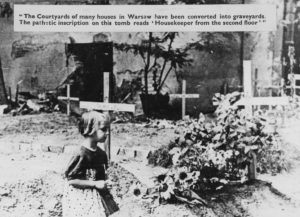
FOT: National Digital Archive

Approximately 50 thousand Poles killed
Germans savagely murdered civil population of Warsaw

Mass executions
6000 victims were rounded up and murdered in „Ursus” factory

Enormous destruction
81% of residential buildings in Wola were destroyed.

Extermination of hospitals
1200 patients and staff murdered in St Lazarus Hospital.
testimonies of crime
Germans runded up the inhabitants of whole streets in gathering places where they carried out executions. In Sowinski Park about 1200 people were killed.
A column of civilians driven along Wolska street, destroyed tenement houses in the background. The author unknown. The photograph from the collections of the Warsaw Uprising Museum
Near Hale Mirowski,e about 700 people were executed.
Victims of mass executions. Author: unknown. Photo from the collection of the Warsaw Uprising Museum
about
50 thousand
civilians
casualities
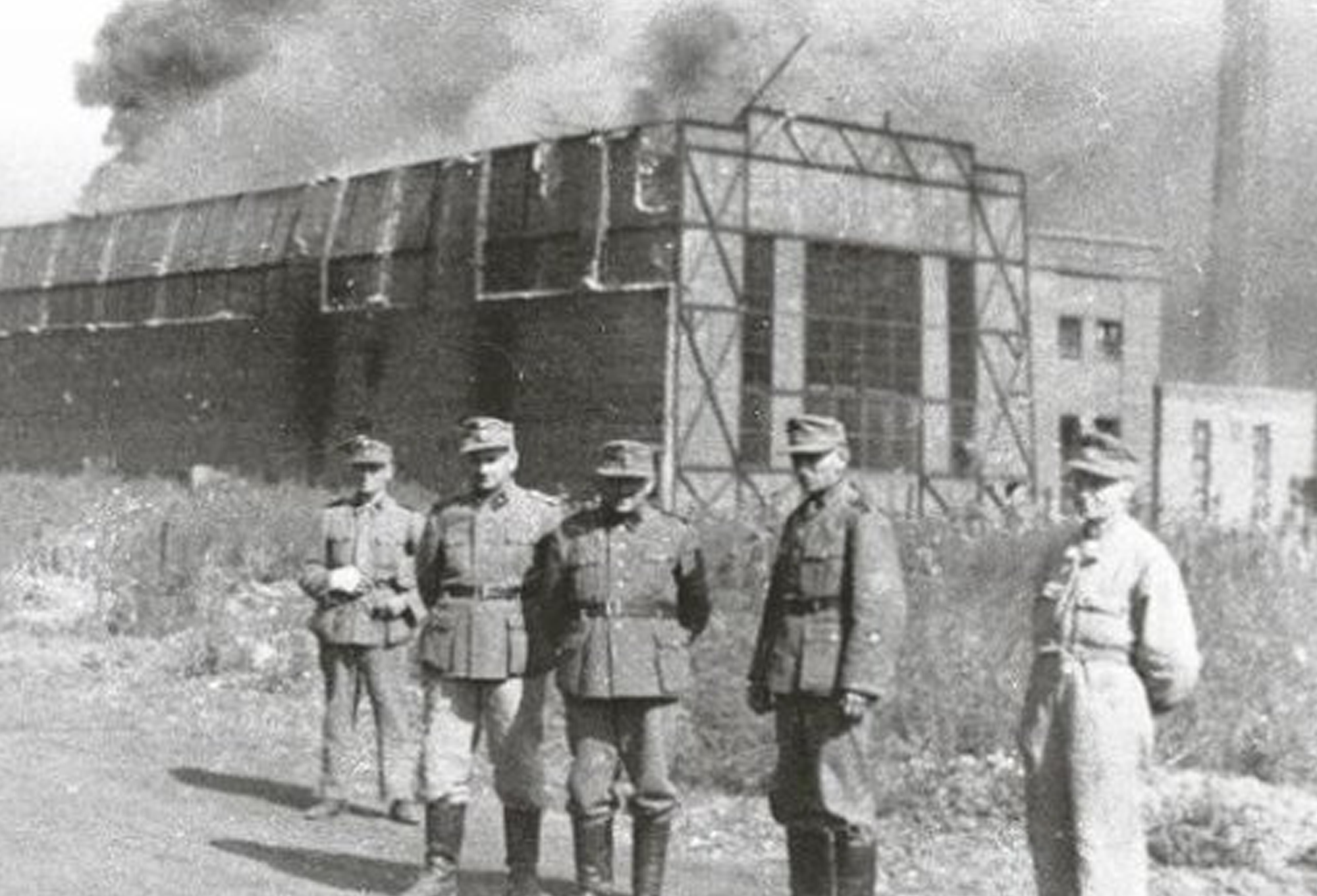
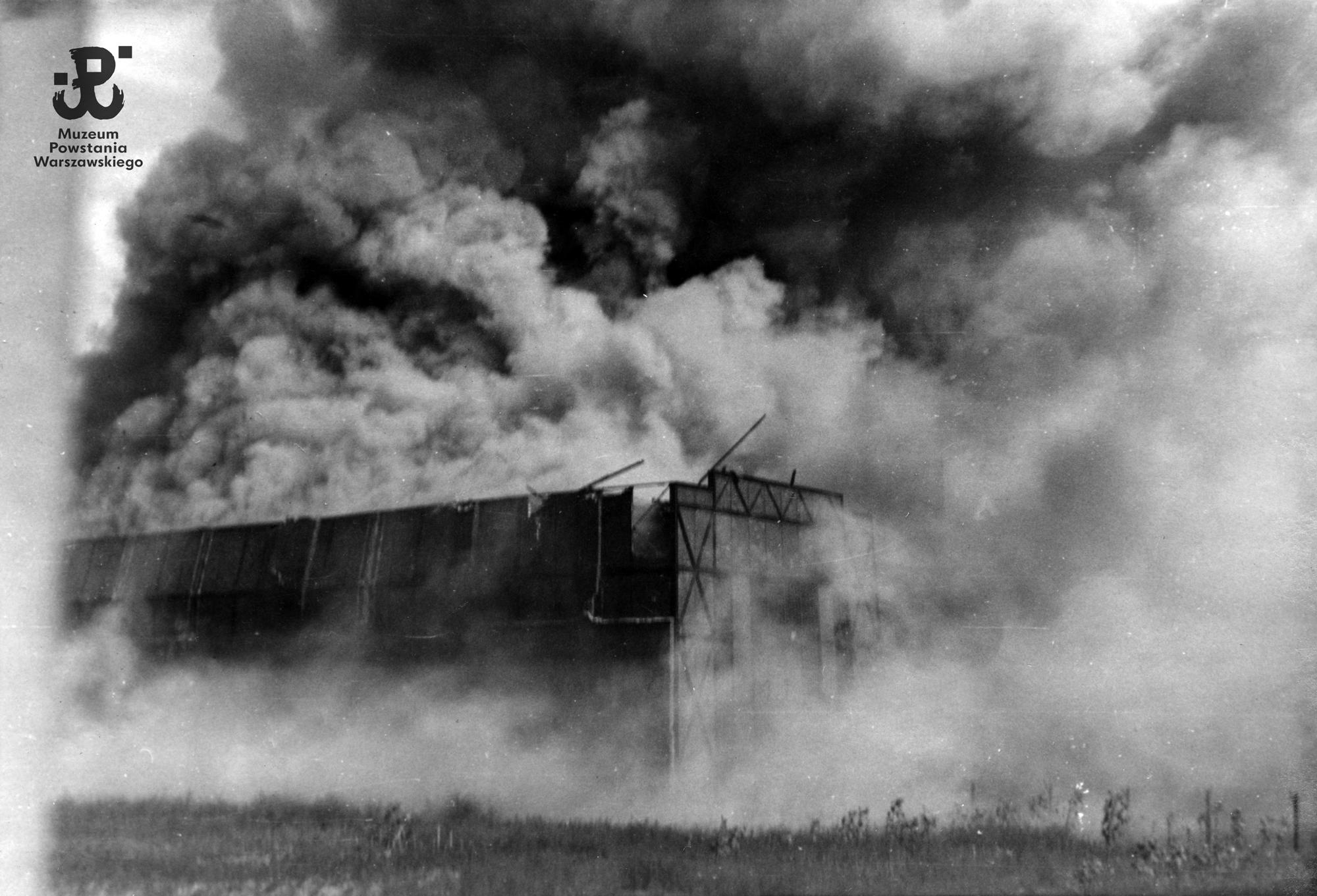
Around 6000 inhabitants of Wola were murdered there. Author: Alfred Mensebach.
Photograph from the collection of the Warsaw Uprising Museum
discover the history
of German crime
on polish people
Funded by



